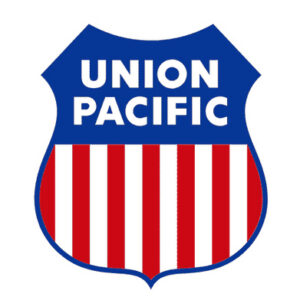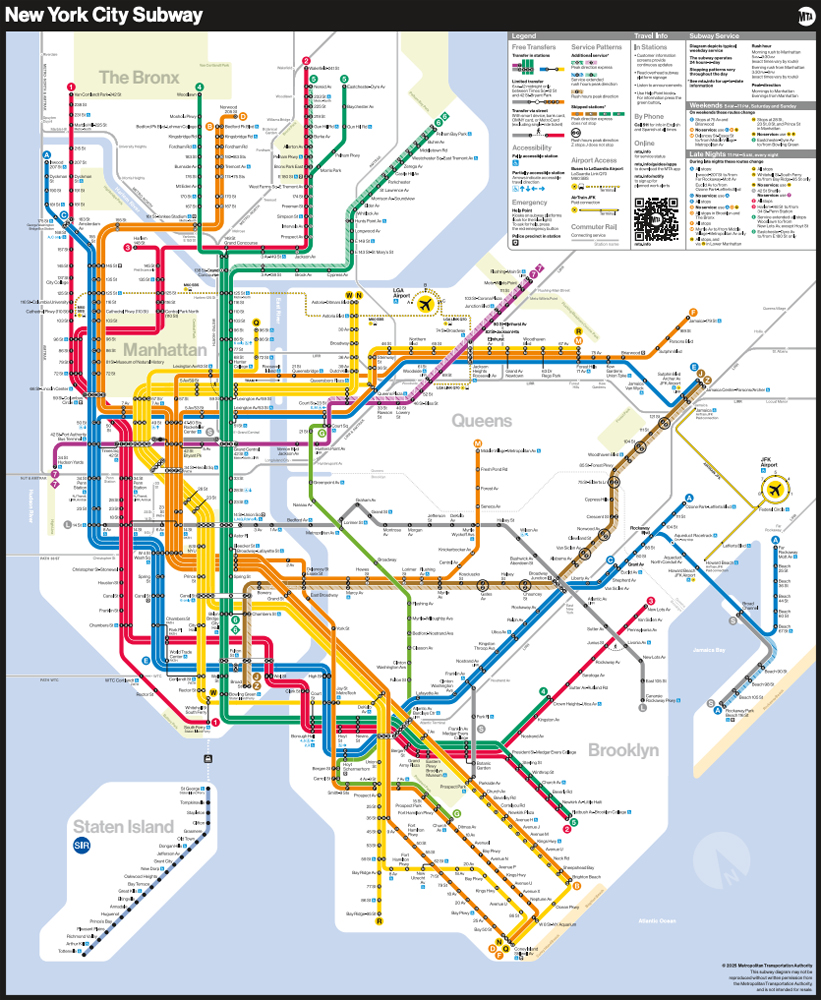 McPHERSON, Kan. — A broken wheel is believed to have caused Sunday’s derailment of a Union Pacific train in McPherson, leading to a spill of denatured alcohol, the Associated Press reports.
McPHERSON, Kan. — A broken wheel is believed to have caused Sunday’s derailment of a Union Pacific train in McPherson, leading to a spill of denatured alcohol, the Associated Press reports.
The derailment Sunday morning ignited a small grass fire in addition to causing the alcohol spill [see “Union Pacific train derails …,” Trains News Wire, March 13, 2023].
UP spokeswoman Kristen South said cleanup continued after the alcohol leaked from two cars of the 13-car derailment inside the CHS McPherson Refinery, with the McPherson fire department and refinery staff containing the spill.
“The product did get into a tributary,” McPherson Fire Chief TJ Wyssman told the AP, “and we quickly, with some assistance, got the tributary (contained) … so we stopped that product from getting into Wolf Creek or further from the actual site of the incident.”
Five of the 13 cars had been cleared from the site as of Monday evening, while cleanup of the alcohol continued.













I can see it all now, some Washington Pundits or Wags will say they need 100,000 broken wheel detectors installed along the right of way to prevent broken wheels, when broken wheels are the result of missed maintenance and inspections.
Again, a ton of cure for an ounce of prevention: having enough maintenance carmen and inspectors to ensure that preventative maintenance is ongoing and complete to specs
My bad, nothing to do with track conditions. Some history on the car might be good.
This isn’t a mainline derailment, people. The article says it was inside the refinery which means it occurred on the industries tracks. That usually means the industry is responsible for the condition of the track. A little more info would be helpful.
Worker shortages, lack of skilled and experienced railroaders and the majority them were either laid off furloughed and most are not coming back but have since found other jobs and many workers retired. Even if the railroads start hiring new workers, it takes some time and a few years for these new workers to learn these skills to repair and maintain equipment. Also deferred maintainence, longer time between inspections and of course the railroads focusing on the bottom line and putting profits over safety and service. Railroads trying to make money and operate with less resources and manpower. Over time these measures and practices rear up and bite you. All these accidents and derailments are not an overnight and sudden surprise. This has been building up over the last several years and now we are seeing the results of years of neglect shoddy business practices and operations and deferred maintainence. You could call this the perfect storm. Just like a person wh odont take care of themselves or their body , eventuslly it just erupts and comes out in the form of sickness and disease and so it is with the nation’s railroads. The railroads have a sickness and it must be addressed and taken care of with preventive medicine
Joseph C. Markfelder
The sickness has a name: PRECISION SCHEDULED RAILROADING or the Wall Street name: “CUT, CUTS and MORE CUTS, until your operating ratio is less than 50, employees and customers be dammed!”
Lots of pileups as of late….even before the Ohio derailment and the news barrage big derailments were getting more and more. I’d hear of a couple a year but lately it’s been a couple a month. The railroad spin doctors and pr people are working overtime but I guarantee there is a direct relationship between fewer Carmen and track inspectors and these derailments. The railroads will absolutely try and say otherwise. In my 26 year railroad career theses last three years have most assuredly seen an uptick in major derailments. Some I know aren’t the railroads fault, grade crossing accidents like the recent one in Texas and the like, and for those I don’t figure but equipment failures or track damaged ones I surely do.
Anecdotal evidence…according the FRA statistics derailments are actually down over all. The only reason it seems like there are more of them is social media…every little derailment can now be uploaded to social media so the perception is there are more of them when in fact there are actually less of them.
You do fail to realize I work for a major railroad and am able to weed out the minor wheel on the ground versus the major pileups don’t you? The major pileups are getting more and more no doubt about it,by the way the overall number the railroads want to tell the public is for ALL derailments including the ones that are small that meet reporting criteria which is like only a few thousand dollars. So yeah overall derailments may be down but let’s hear the numbers for major ones and I bet you’ll be surprised.
I just drove from Hutchinson, KS. to Tucumcari, NM. on Mon. 3/13. The entire RR seems to be shut down. 10 trains just sitting (tied down) along the Golden State route. Gee, a 13 car derailment in McPherson, KS. shuts down an entire line????? Harsh for UP.
Not really, Penelope. Denatured alcohol is ethyl (grain) alcohol spiked with methyl (wood) alcohol. Methyl alcohol is poisonous according to NIOSH, to wit:
CAS No. 67-56-1
Methyl alcohol (CH3OH) is a colorless liquid with a strong odor. It is a poisonous substance that can be absorbed through the eyes, skin, lungs, and digestive system. Overexposure can cause death. Workers may be harmed by exposure to methyl alcohol. The level of harm depends upon the dose, duration, and work being done.
A lot of hospitals, medical clinics and people with hygiene issues could use the wasted denatured alcohol.